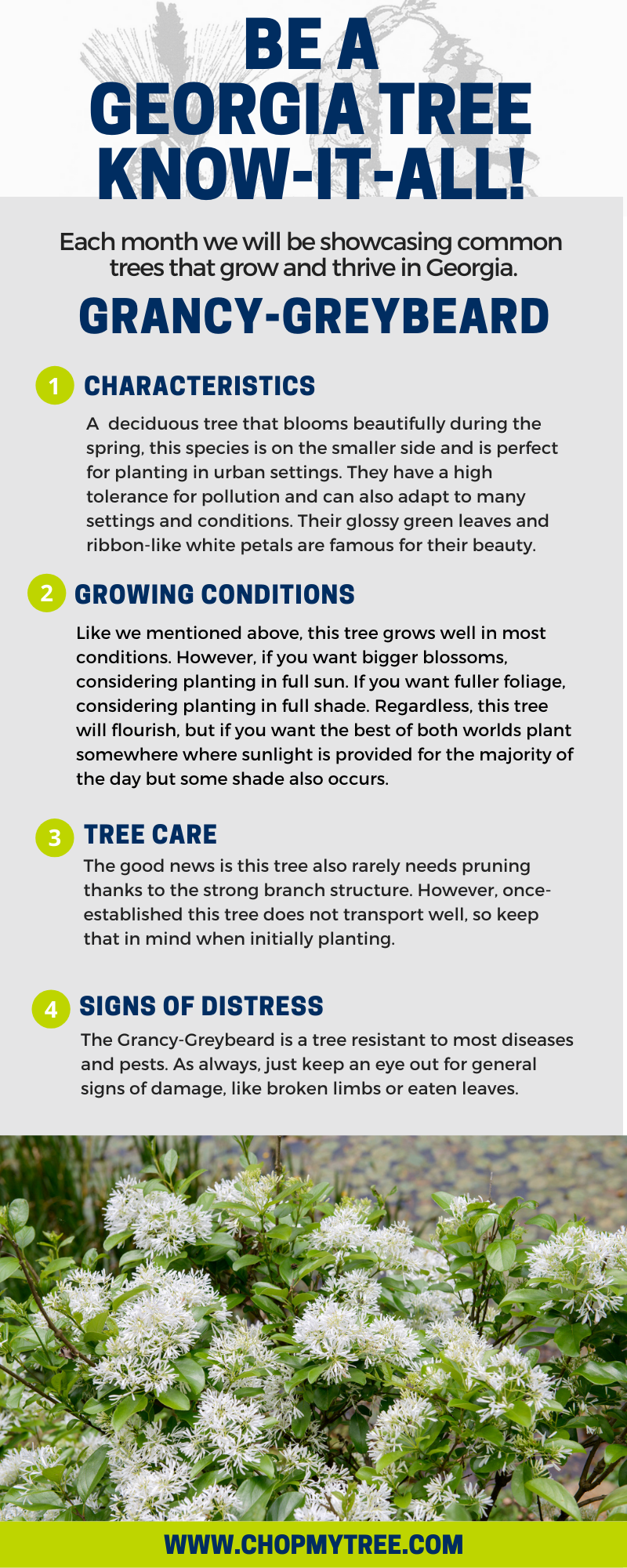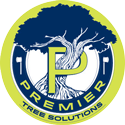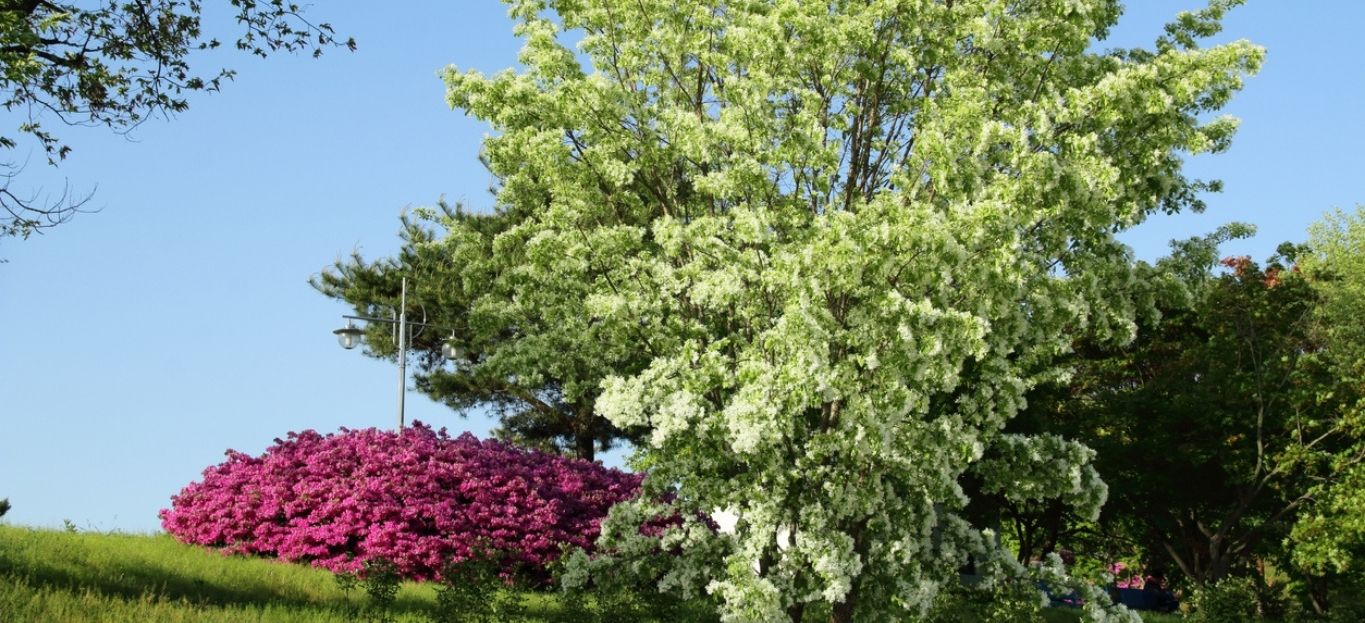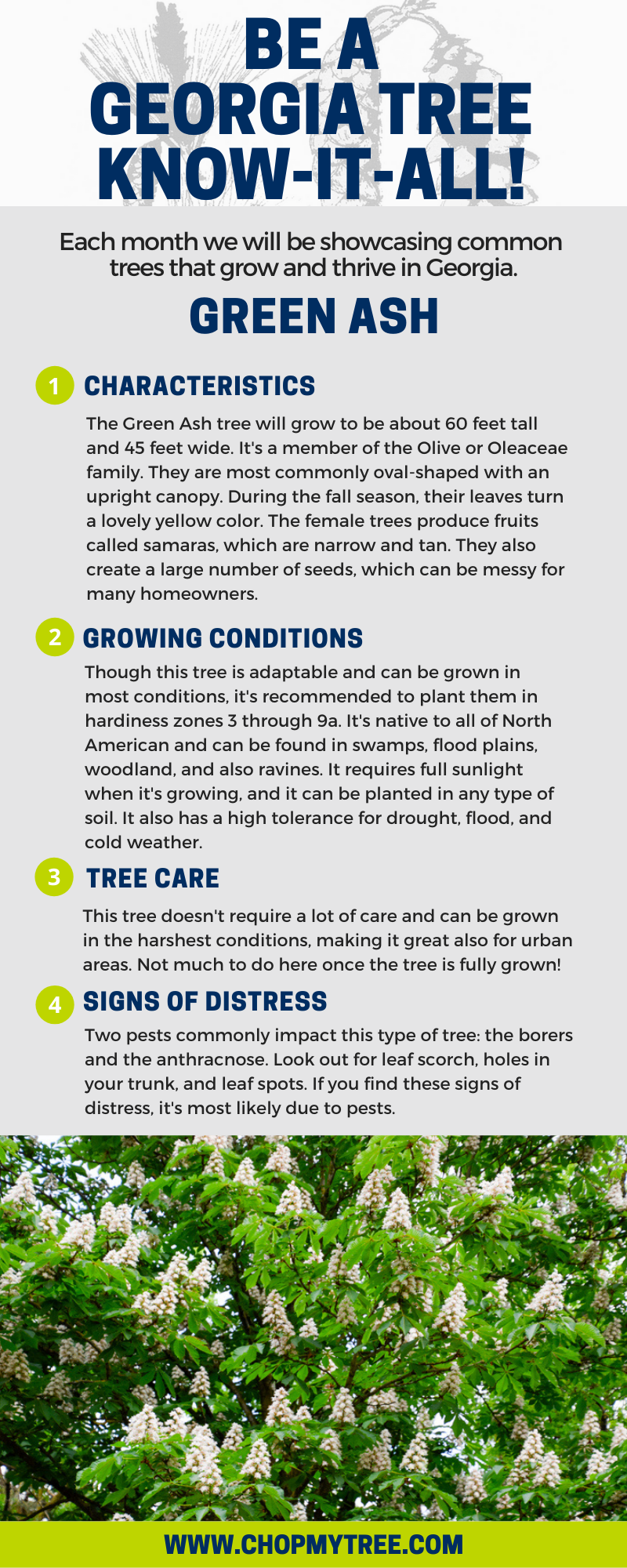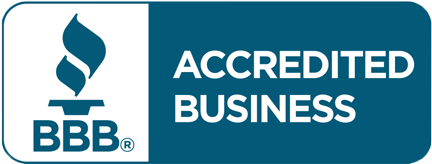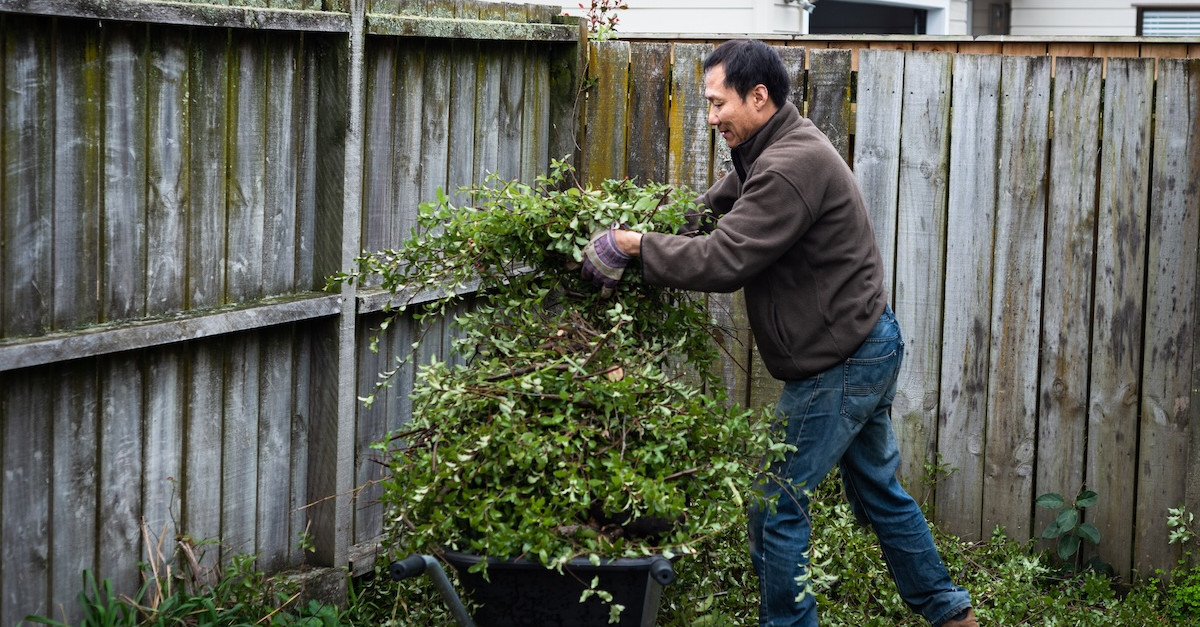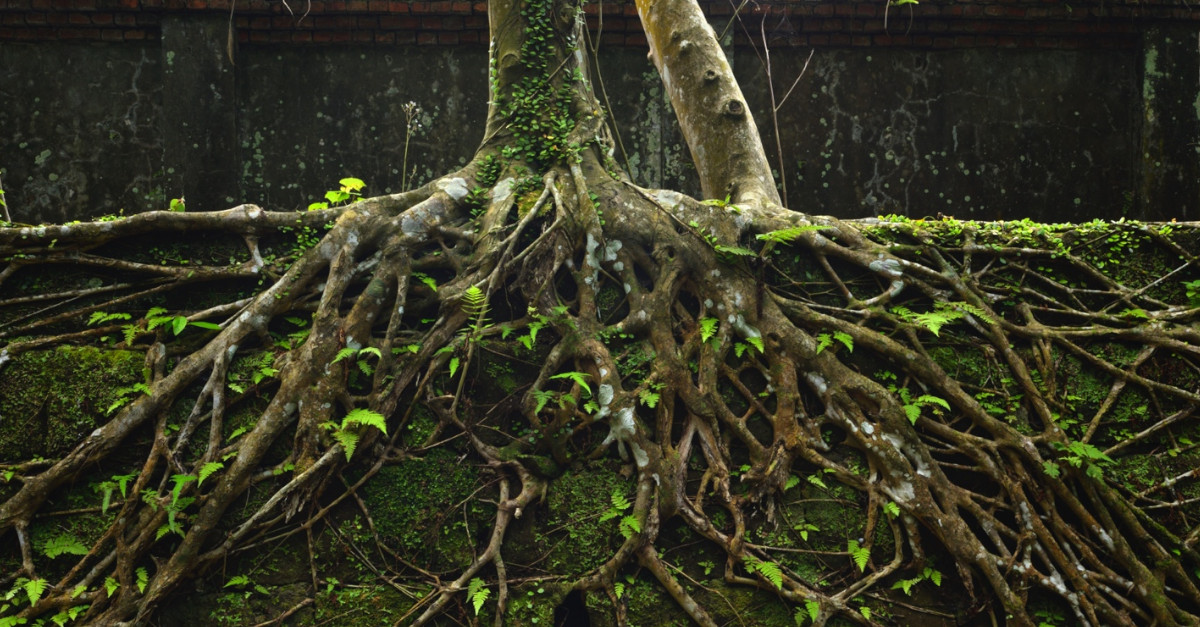If there’s a tree on your property that needs to be removed, you might be wondering about the best way to get it down safely. Believe it or not, there are several different approaches!
That being said, remember to always consult with a professional before making a removal plan to ensure you and your property remain safe. We’re explaining the different ways to remove trees below!
The Old-Fashioned Way
If you have a very small tree on your property that can be safely removed without professional help, then it could be as simple as cutting it down with an axe or chainsaw yourself. This approach should only be taken if you’re familiar with using these types of tools. Even then, we recommend checking with a professional before proceeding.
Professional Climbing, Rope System
Most trees that need to be removed are close to or above homes or other property elements. This is where a professional touch is needed!
In these situations, tree removal specialists will often use a complex rope system in which an expert securely scales the tree and then proceeds to cut branches off section by section. Each removed piece of tree is then caught and lowered safely to the ground via the rope system.
As you can imagine, this is not something you should ever try yourself.
Our Favorite Approach? JAWS!
In recent years, a new, cutting-edge tree removal approach has developed: a Palfinger PK40002 Knuckle Boom Crane with a Mecanil SG280 Grapple Saw we fondly call JAWS. We know, that sounds really complicated!
Essentially, JAWS is an innovative crane system that enables tree removal professionals to cut down entire trees without having to climb them. Workers use remote control operations from the ground, which eliminates the dangerous possibility of falling from trees during the removal process. We were the first in Georgia to offer this new innovative, safe technology for tree removal!
Learn all about this service we’re proud to offer our customers in Atlanta!
Pondering your tree removal needs and have further questions about the different ways to remove trees? Feel free to reach out to us by clicking here or by giving us a call at 404-252-6448.
